Kombucher: Fiber 3D printer : by Electrospinning technique#
Objective#
To create a machine to print fibers by using electrospinning principle. To print bioplastic and kombucha fibers
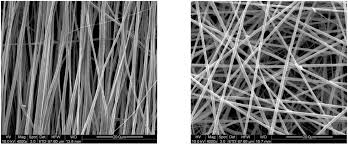
Inspiration#
Have you ever imagined if you could create you own fibers and fabrics? Have you ever imagine to grow your own fibers and then convert them into a fabric?
Those were the first questions that came to my mind when i first read about the electrospining machine and then i read about “Electroloom” and “kniterate”
And after some months growing kombucha
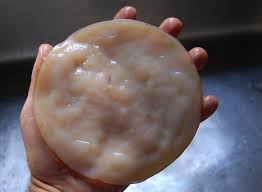
i just came with the idea to create kombucha fibers…
Kombucha#
Kombucha#
Kombucha is a beverage of probable Manchurian origins obtained from fermented tea by a microbial consortium composed of several bacteria and yeasts(SCOBY). This mixed consortium forms a powerful symbiosis capable of inhibiting the growth of potentially contaminating bacteria. The fermentation process also leads to the formation of a polymeric cellulose pellicle due to the activity of certain strains of Acetobacter sp.
This pellicle or membrane form by bacterial cellulose has proved to be a potential biomaterial on different areas from biomedichal, food ant textile.
Research#
In the electrospinning process, a polymer solution held by its surface tension at the end of capillary tube is subjected to and electric field. Charge is induced on the liquid surface by an electric field. Mutual charge repulsion causes a force directly opposite to the surface tension. As the intensity of the electric field is increased, the hemispherical surface of the solution at the tip of the capillary tube elongates to form a conical shape known as the Taylor cone [14]. When the electric field reaches a critical value at which the repulsive electric force overcomes the surface tension force, a charged jet of the solution is ejected from the tip of the Taylor cone. Since this jet is charged, its trajectory can be controlled by an electric field. As the jet travels in air, the solvent evaporates, leaving behind a charged polymer fiber which lays itself randomly on a collecting metal screen. Thus, continuous fibers are laid to form a non-woven fabric. The above description of the process suggests that the following parameters affect the process: solution properties including viscosity, conductivity, and surface tension; controlled variables including hydrostatic pressure in the capillary, electric potential at the tip, and the distance between the tip and the collection screen; and ambient parameters including temperature, humidity, and air velocity in the electrospinning chamber. By appropriately varying one or more of the above parameters, fibers were successfully electrospun from water soluble polymers, biopolymers, and liquid crystalline polymers. Electrospun fibers may have an unusually small diameter, ranging downward from 5 microns to 0.05 microns. The small diameter provides a high surface area to volume ratio, and a high length to diameter ratio. These characteristics are useful in variety of applications, such as separation membranes, wound dressing materials, artificial blood vessels, in nano-composites, as a nonwoven fabric, and many other applications. In the electrospinning process, fibers with a variety of cross sectional shapes and variations along their length may be produced.
Description of the apparatus#
The apparatus used in the electrospinning process is shown in Figure 1. It consists of a glass capillary tube with a 1.5 mm inside diameter tip mounted on an adjustable, electrically insulating stand. The capillary tube was filled with a polymer solution, into which a metal electrode was inserted. Hydrostatic pressure was established by an air pump, controlled by valves, and read on a manometer. The pressure was set to keep the solution at the tip of the tube, but not high enough that the uncharged solution dripped. The solution was charged by connecting the metal electrode to a high voltage power supply. Screens of different geometry were used as collecting devices for the charged fibers. The screen was mounted on an insulating stand so that its potential could also be controlled. The screen was grounded through a resistance so that the current flowing through the circuit could be observed.

Variables#

Materials#
| Qty | Description | Price | Link | Notes |
|---|---|---|---|---|
| 1 | syringe | 6.00 $ | http://amazon.com/test | Order 1 |
| 1 | Power source | 80.00 $ | http://amazon.com/test | Order1 |
| 1 | Pistion setup | 5.00 $ | http://amazon.com/test | |
| 3 | gear motor | 5.00 $ | http://amazon.com/test | |
| 1 | temperature sensor | 5.00 $ | http://amazon.com/test | |
| 1 | RGB display | 10.00 $ | http://amazon.com/test | |
| 1 | USB cable | 3.00 $ | http://amazon.com/test | |
| 1 | Arduino | 19.00 $ | http://amazon.com/test | |
| 1 | Tesla coil | 15.00 $ | https://www.steren.com.mx/kit-bobina-de-tesla-para-armar.html | |
| 1 | ABS filament | 30.00 $ | https://www.amazon.com/NinjaTek-ABS-3D-Printing-Filament/dp/B01M13Q9T5/ref=sr_1_5?keywords=ABS+filament+ninjatek&qid=1552258863&s=gateway&sr=8-5 |
Useful links#
Circuit Connections#
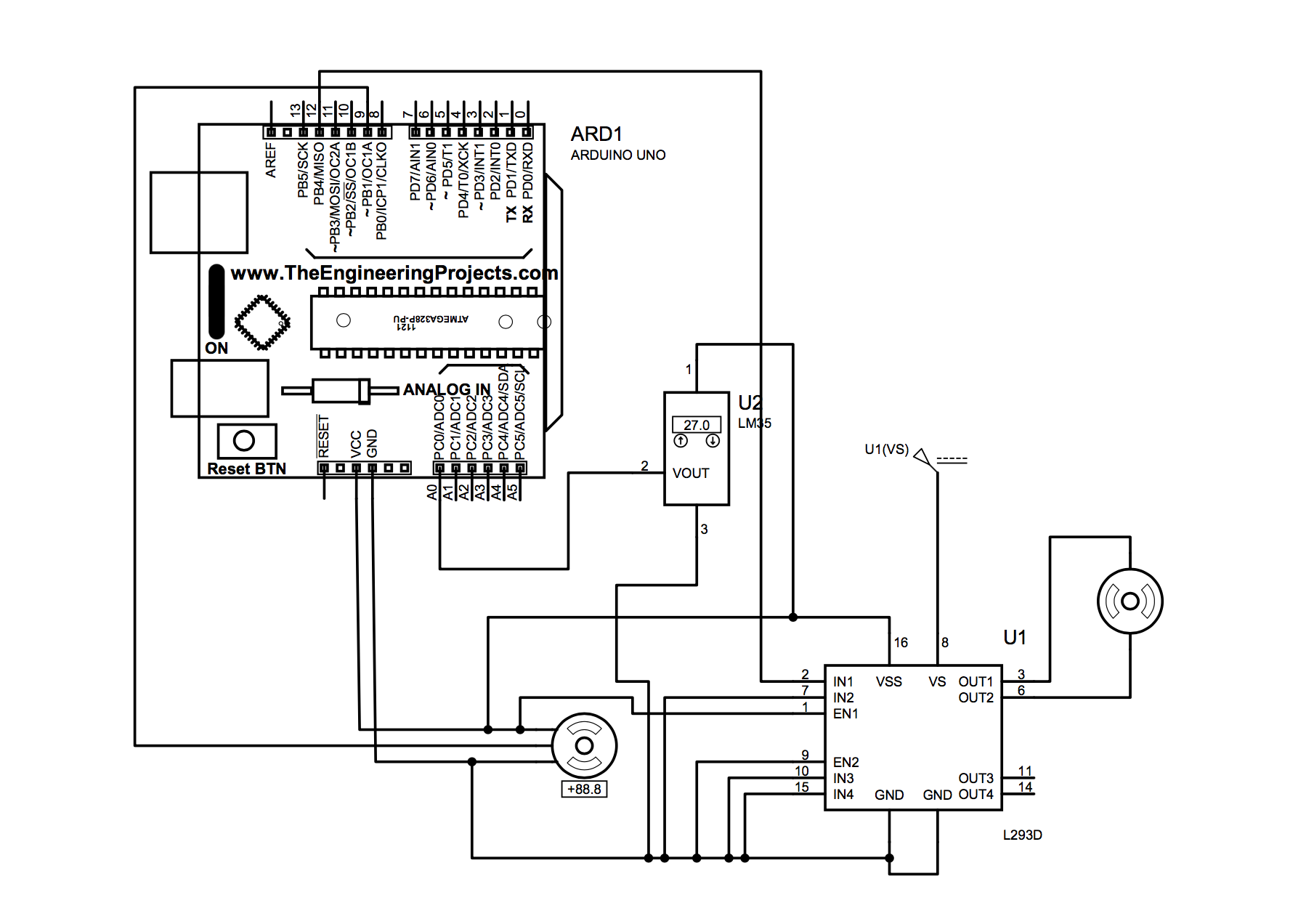
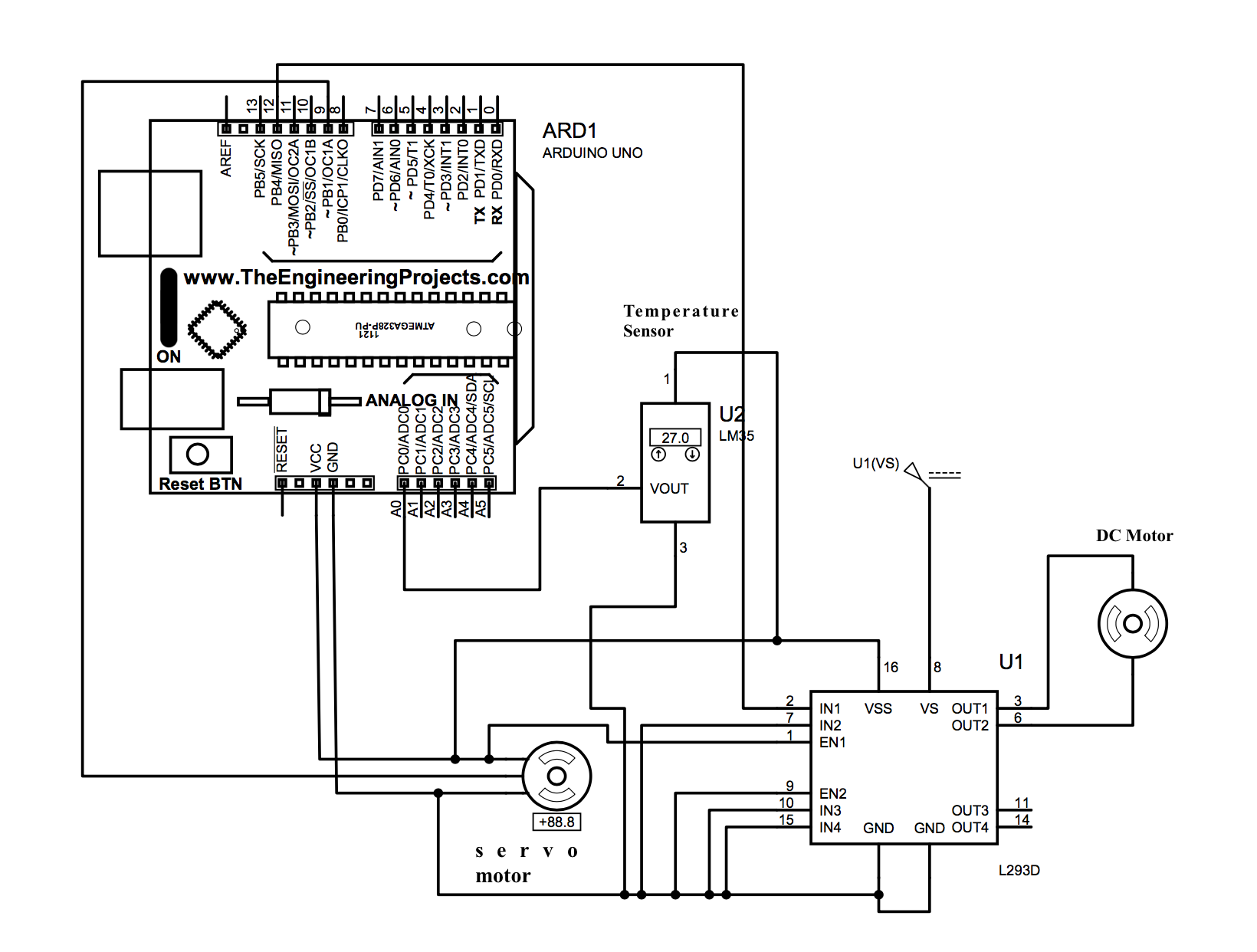
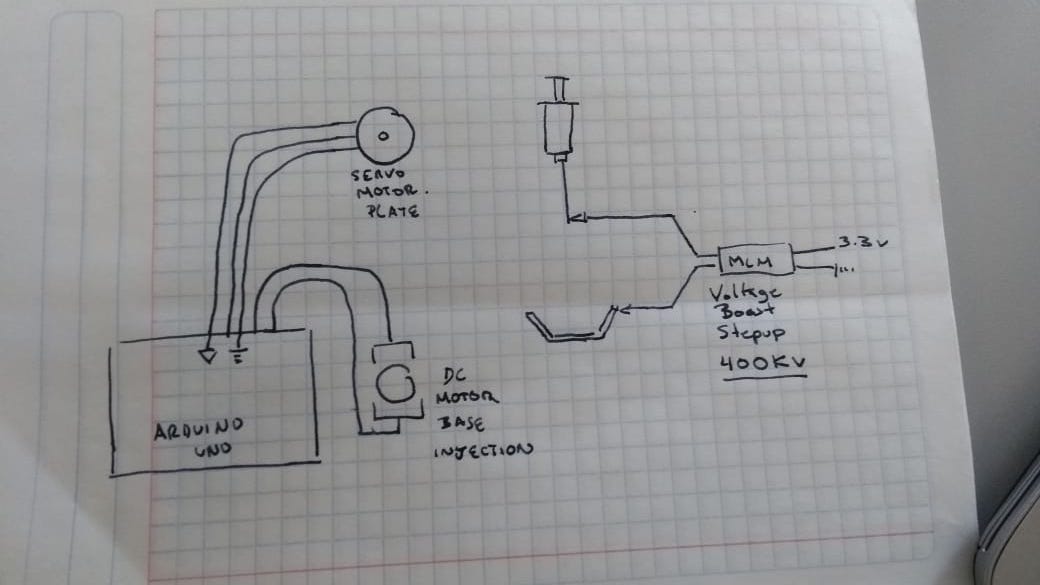

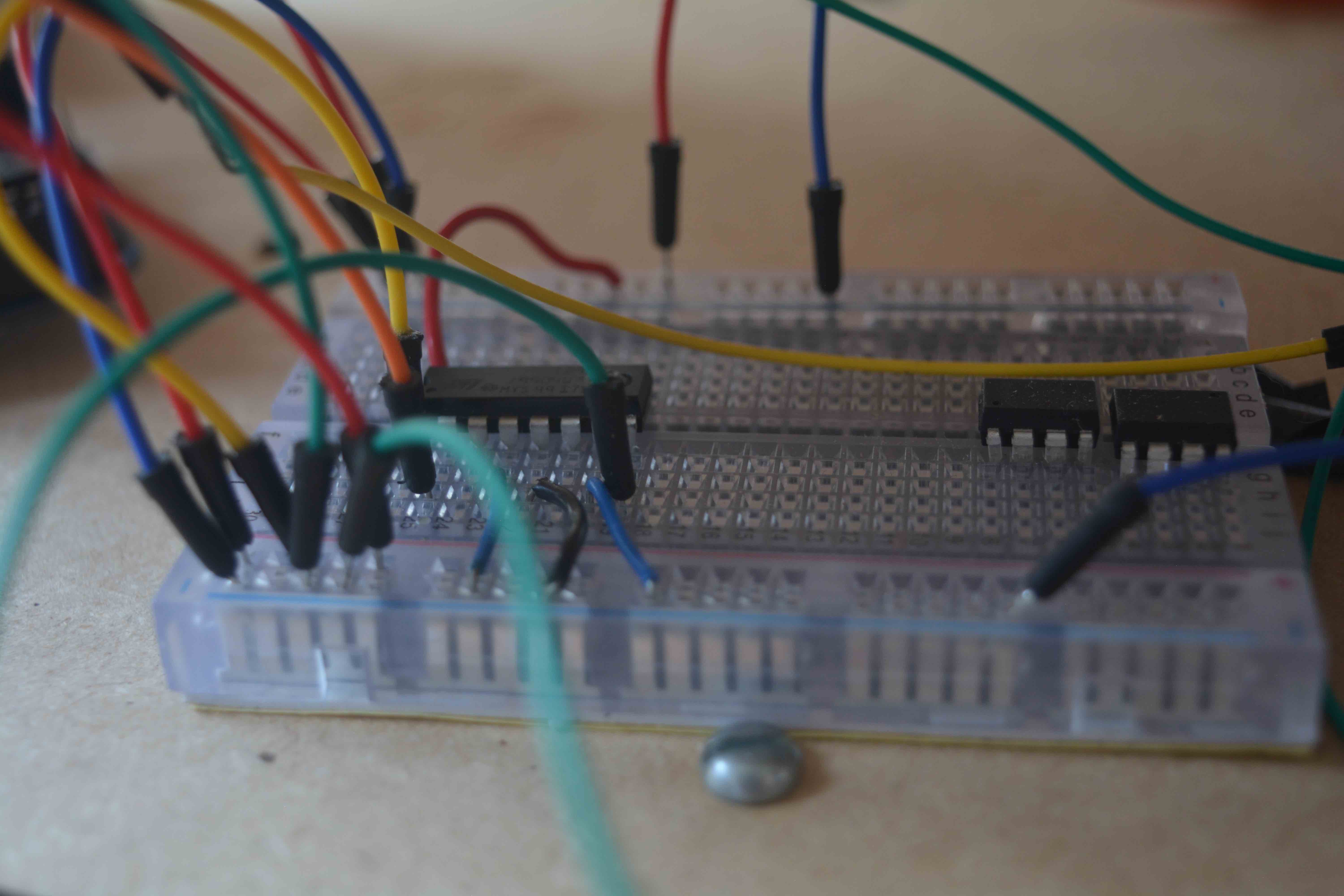
Results#
Final electrospinning prototype
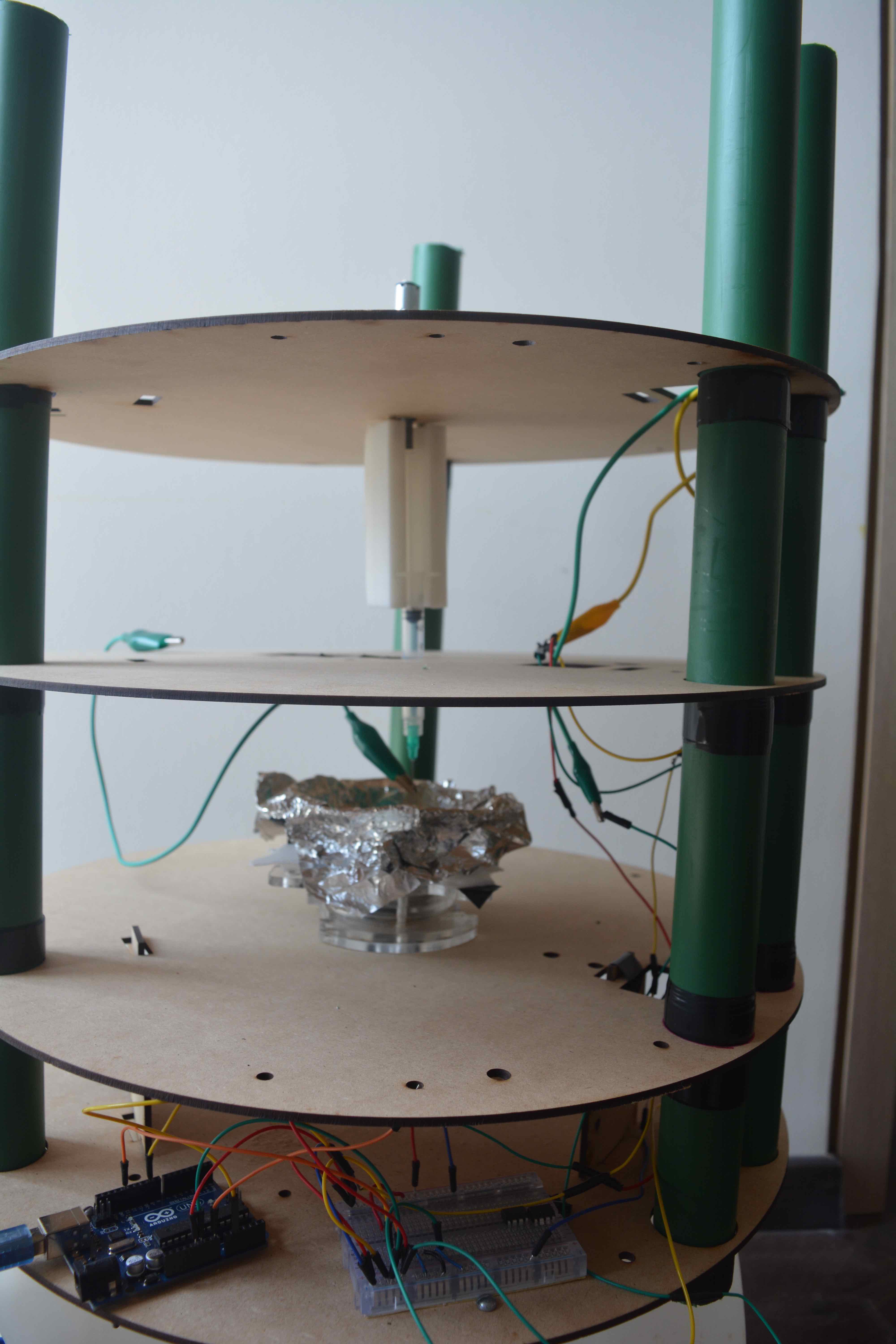


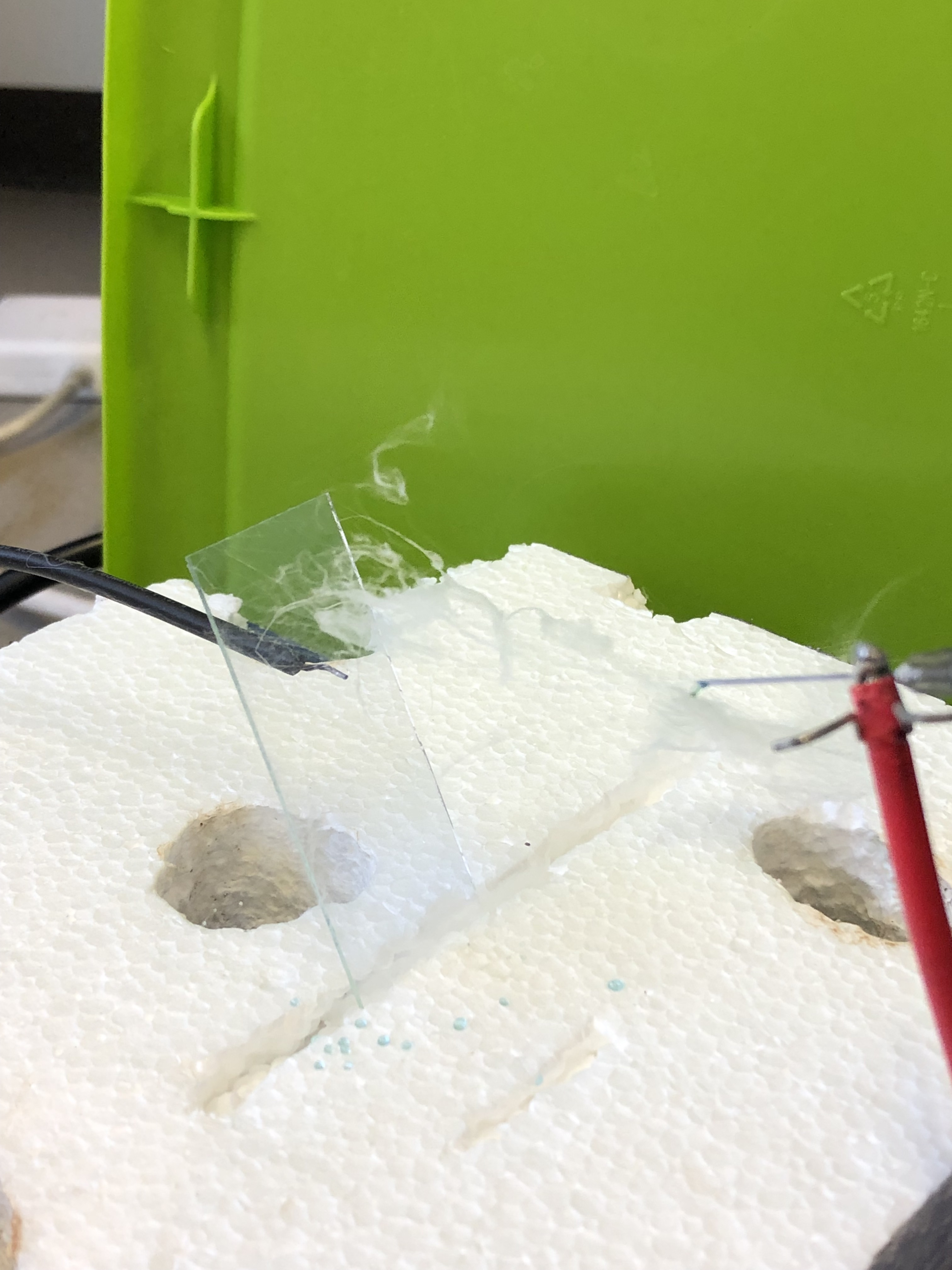
Available documentation#
Syringe 3D printing model#
You can also download another one from here
Lasser cut boddy#
 you can find he files for lasser cutting here: Lasser cutting
you can find he files for lasser cutting here: Lasser cutting
Gallery#

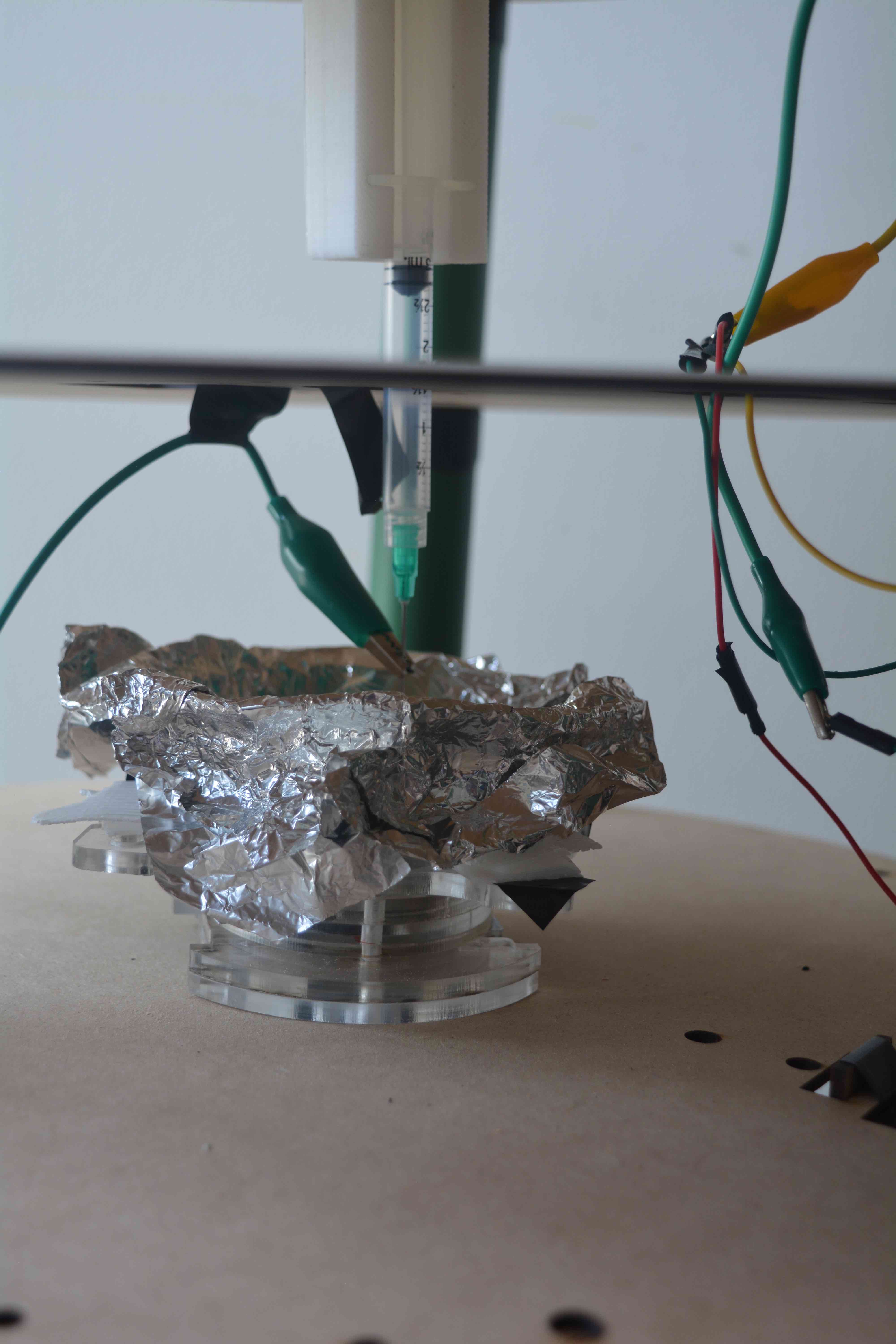
 -
-